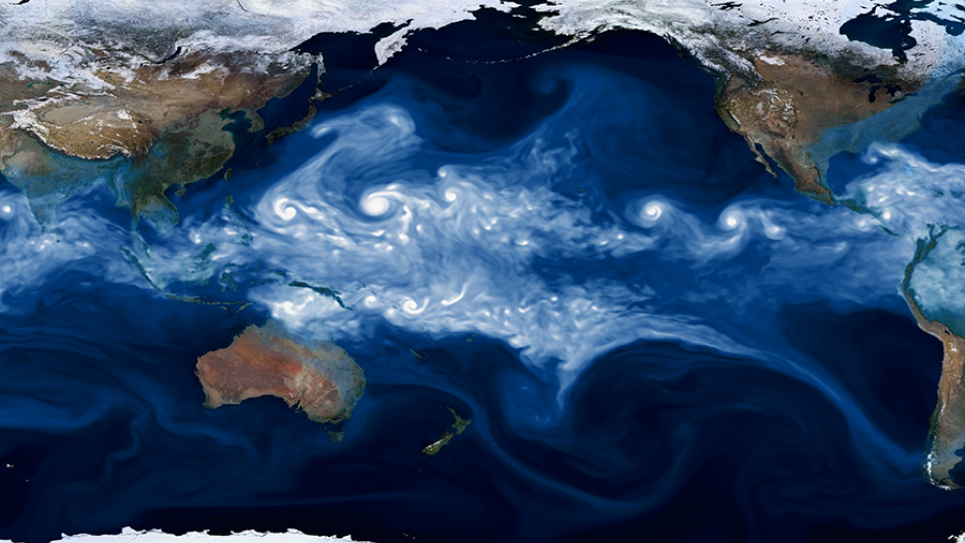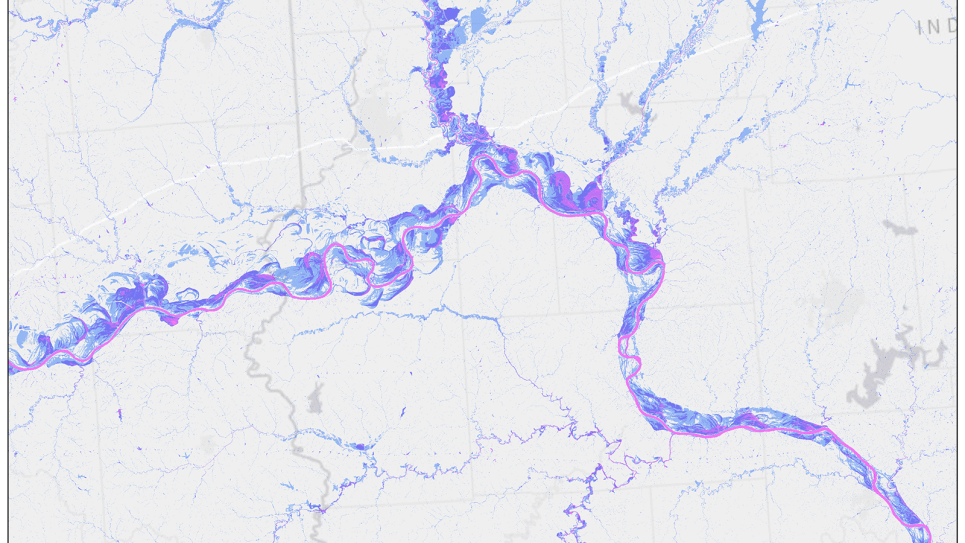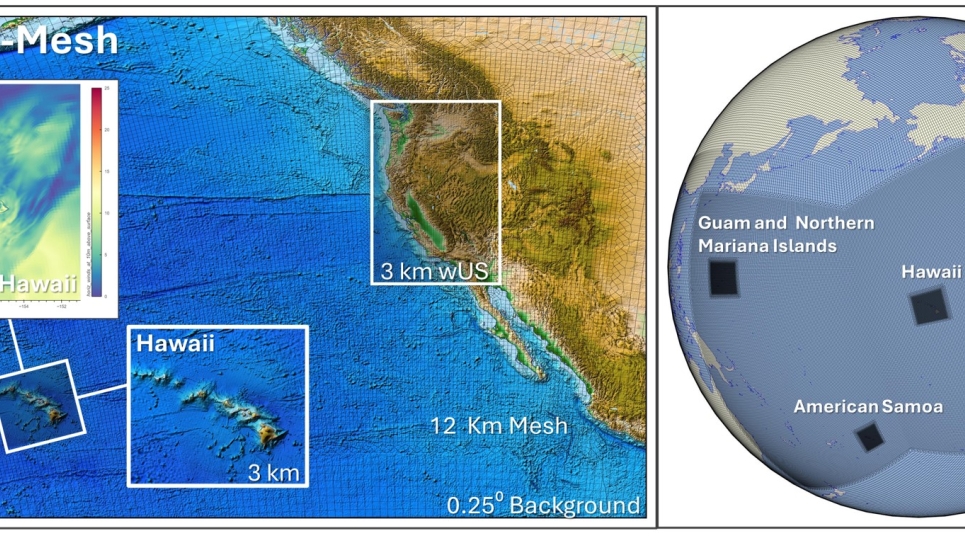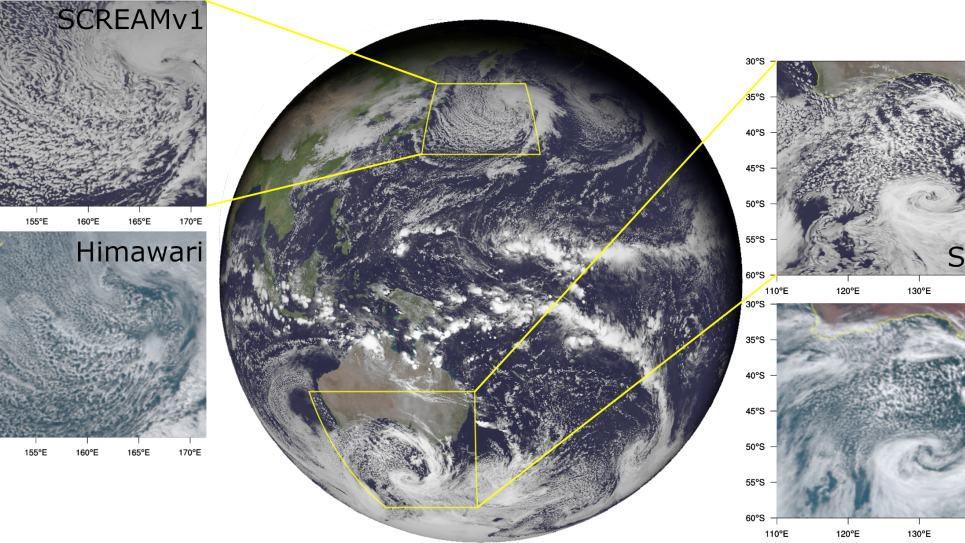
Attributing Changes in the Risk of Extreme Weather and Climate
The climate system is a naturally chaotic system being driven by human and natural factors. Hence, all aspects of its recent and future character are a mix of natural variability and a “forced” human component. Variations in such extreme events due to climate change might have already impacted society, and their effects are likely to increase in the future.
Modeling of the statistics of extreme weather is exceedingly computationally intensive. Because of their rarity, ensembles of simulations are required to build a dataset of extreme events large enough for robust statistical analysis. For this study, a global model is preferable to a regional model, primarily for its ability to quantify past and future extreme weather statistics at many locations around the planet, including the tropics to support analyses of changes in tropical cyclone statistics, as well as extremes of temperature and precipitation.
We aim to generate and analyze two large ensembles of a ~25-km resolution global climate model. At this resolution, we can resolve many of the processes responsible for extreme precipitation and storms. Our principal computational vehicle will be a very high-resolution version of the most recent publicly released version of the Community Atmospheric Model (CAM5.1). The first ensemble will emulate the “world that actually was,” while the second ensemble will emulate “the world that might have been” had human activities not interfered with the climate system.
The results of this large allocation of computational resources will enable studies by our group as well as the larger climate science community. We will make the data available so that others can carry out their own analyses. As a result of this project, the climate science community will have the ability to better understand causes of changes in the risk of localized extreme events. This data can be used to better inform decision-makers about society’s ability to adapt to existing and future climate change.


